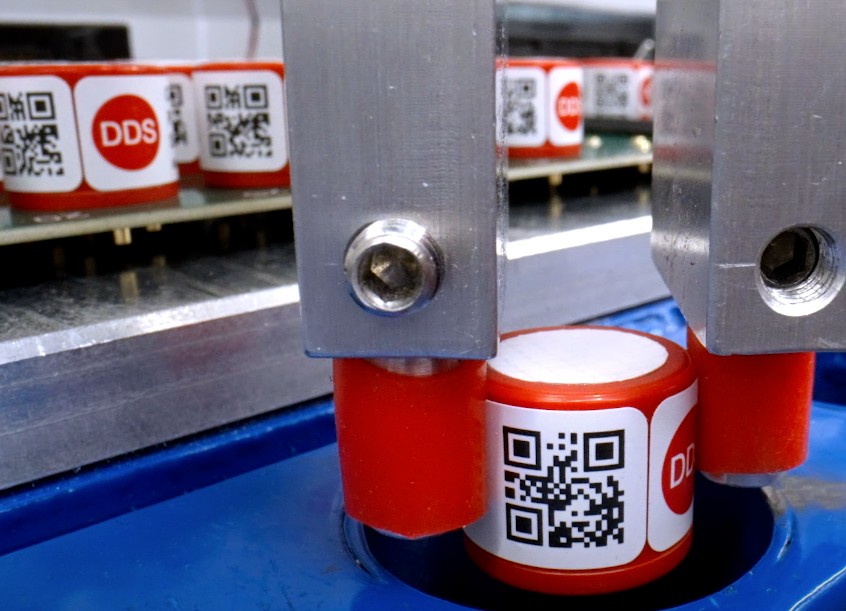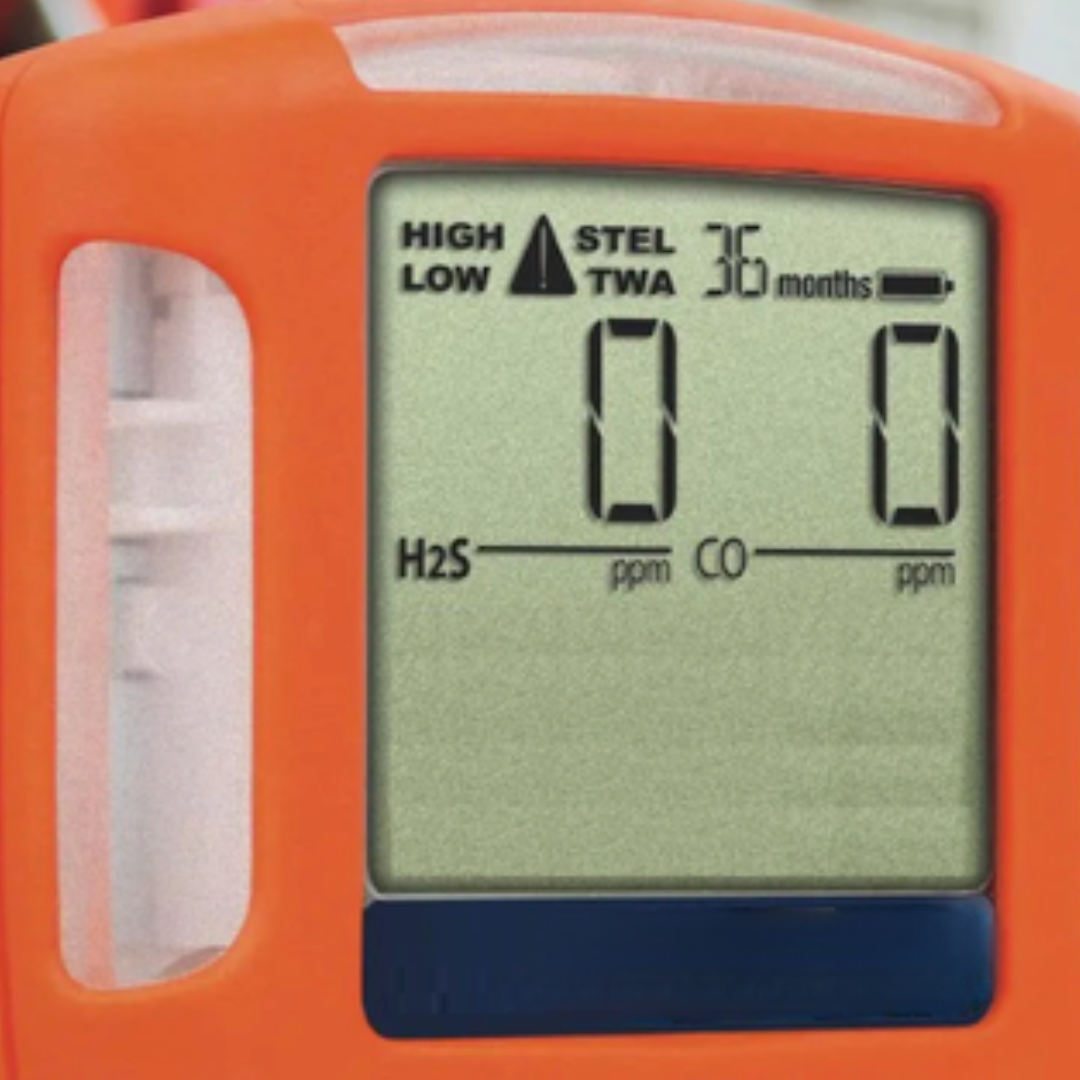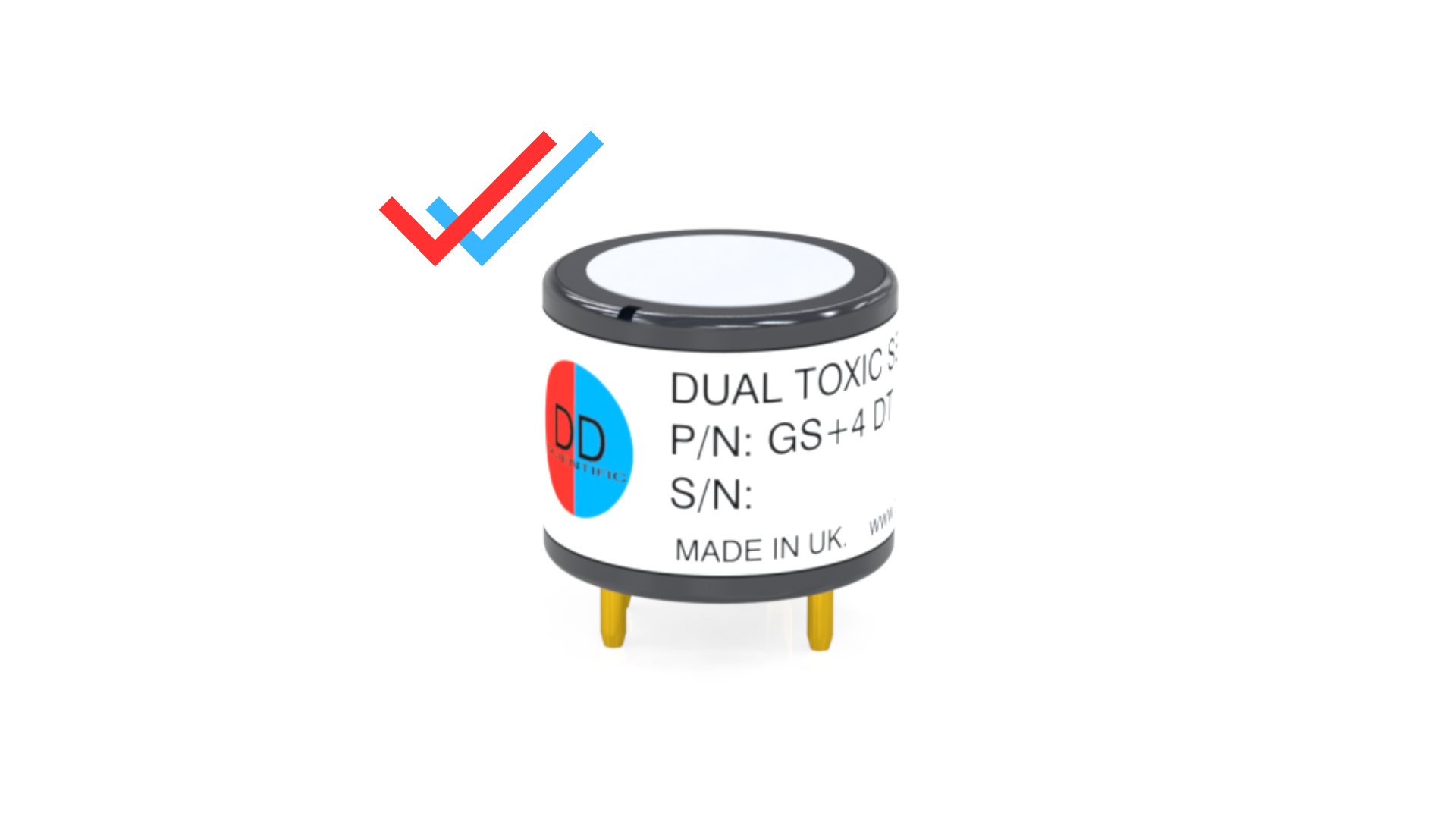What are the potential hazards of Carbon Monoxide (CO)?
CO binds to hemoglobin in the blood, reducing its oxygen-carrying capacity. Prolonged exposure can lead to symptoms such as headache, dizziness, nausea, confusion, and eventually unconsciousness and death.
Common sources of CO include vehicle exhaust, malfunctioning heating systems, gas appliances, and fires. Poorly ventilated or enclosed spaces increase the risk of CO accumulation.
Due to its lack of colour, taste, and smell, CO can go unnoticed without proper detection equipment. CO detectors are crucial for early warning and prevention of CO poisoning.
What are the potential hazards of Hydrogen Sulphide (H2S)?
H2S is highly toxic and can cause rapid respiratory failure, loss of consciousness, and death in high concentrations. Exposure to even low concentrations can lead to symptoms such as eye irritation, headache, nausea, and respiratory distress.
H2S is flammable and can ignite in the presence of air, oxygen, or other oxidizing agents, posing fire and explosion risks.
Workers in industries such as oil and gas, wastewater treatment, and agriculture are at risk of exposure to H2S, requiring proper training, personal protective equipment, and gas monitoring systems.

Mitigate risk with DD-Scientific
Understanding the hazards associated with CO and H2S are vital in ensuring the safety of individuals who may be exposed to them.
DDS dual toxic sensors provide the ability to detect both gases in a single, compact sensor, reducing instrument size and cost.
If you cant find the sensor type you are looking for or need help with sensor selection dont hesitate to get in touch.




